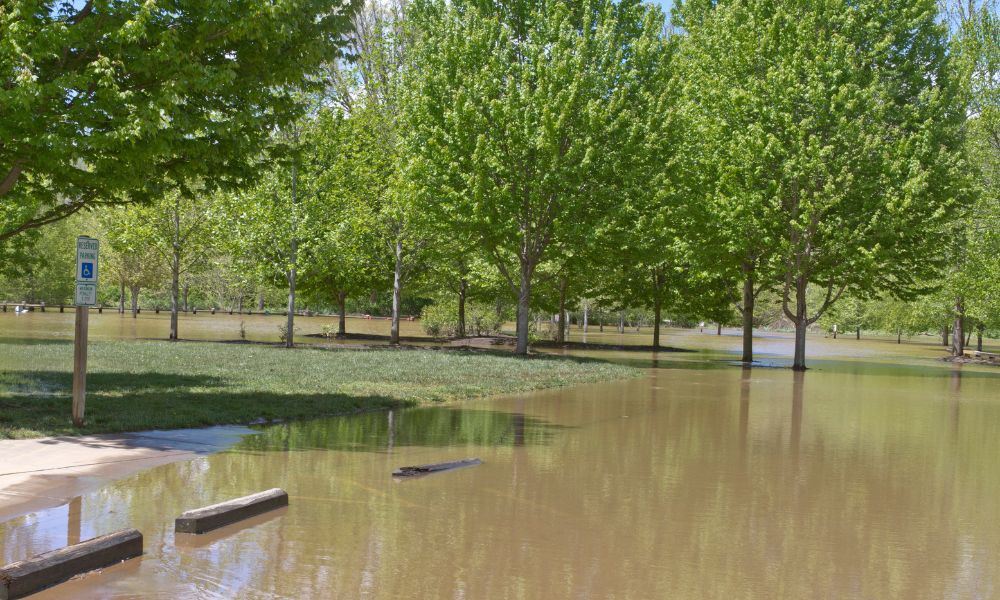
Floods can be devastating to our neighborhoods and community parks, leaving behind lasting damage that requires significant resources and time to repair. But there are some simple yet effective steps we can take together to reduce the risk of flooding in our parks. Here, we’ll discuss how to reduce flood risk in your community park with the aid of five key strategies. This way, you can make sure your park remains in a safe, usable condition.
Enhance Green Spaces and Plant More Trees
One of the most effective ways to cut back on flooding is to enhance the green spaces in your park. This means planting more trees and shrubs, which absorb rainwater, slow the flow of water, and reduce the overall amount of runoff that can contribute to flooding. A greener park will not only minimize flood risk but also provide more shade and beauty for visitors to enjoy.
Build Retention Ponds
Another practical solution to reducing flood risk in your community park is to construct retention ponds. These ponds collect excess water during heavy rainfalls and slowly release it back into the environment, preventing rapid surges of water that may cause flooding. You can also incorporate them into the park design as natural features, offering both aesthetic and functional elements.
Install Permeable Pavement Walkways
Significant contributors to flooding are impermeable surfaces such as traditional concrete and asphalt along public walkways. A solution to this issue is to replace them with permeable pavement walkways. Permeable pavement helps with stormwater management in several ways, but it primarily allows rainwater to seep through and infiltrate the ground, reducing runoff and minimizing the risk of flooding. These materials are also more eco-friendly than standard concrete, helping you preserve the environment.
Implement Swales and Rain Gardens
Swales and rain gardens are landscaping features that can greatly contribute to flood prevention in parks. Swales are shallow, grassy ditches that channel rainwater away from impervious surfaces, while rain gardens capture and store rainwater, allowing it to infiltrate the ground more slowly. Both features prevent flooding and beautify parks by incorporating aesthetically pleasing natural elements.
Educate and Involve the Community
Finally, make sure you encourage active participation and education of the local community when trying to reduce local flood risk. There’s only so much you can do within a park to stop flooding, but the surrounding properties can also play a role in prevention. By organizing park cleanup events and teaching residents how to mitigate the risk on their own properties, you can take a proactive approach that sets up everyone for success.
By implementing these five strategies, you can greatly reduce the flood risk in your community parks and turn them into more resilient, sustainable, and inviting spaces for everyone to enjoy. Partner with residents today to make your parks safer and more welcoming for tomorrow.






